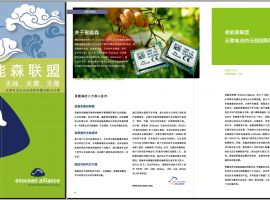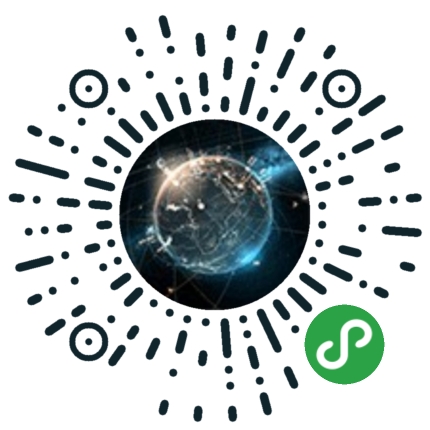
New market potential for energy harvestingInternational standardization will accelerate the development and implementation of energy-optimized wireless sensors and wireless sensor networks. It will also open up new mark
ETS and areas of application for energy harvesting solutions. In addition to the already established markets for home and building technology, there will be further uses ranging from the smart home, smart metering and the smart grid to solutions for industry, logistics and transport.
Members of the EnOcean Alliance have already introduced more than 850 EnOcean-based, interoperable products, all of which comply with the new standard. Developers and manufacturers can therefore benefit from the Alliance's extensive practical experience, huge product range and installed base, and many years of user education. The EnOcean Alliance draws up the specifications for the applications based on the standard. These EEPs (EnOcean Equipment Profiles) ensure the interoperability of products from different vendors. They are optimized for ultra-low energy consumption and are therefore the ideal, tried and tested complement to the new wireless standard. This means that smart, energy-efficient automation solutions can be realized that are non-proprietary and industry-neutral.
EnOcean wireless technology is already a firmly established technology for green, smart buildings and applications. The EnOcean Alliance sees the ratification of the international ISO/IEC 14543-3-10 standard as one of the key prerequisites for expanding the already highly successful, fast-growing EnOcean ecosystem.
Technical specificationsThe standard covers OSI (Open Systems Interconnection) layers 1-3, being the physical, data link and networking layers. The full title of the standard is: ISO/IEC 14543-3-10 Information technology -- Home Electronic Systems (HES) -- Part 3-10: Wireless Short-Packet (WSP) protocol optimized for energy harvesting -- Architecture and lower layer protocols.







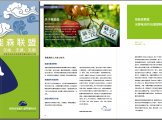
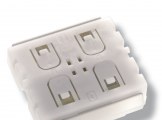
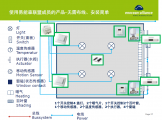
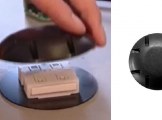







 提升卡
提升卡 置顶卡
置顶卡 沉默卡
沉默卡 喧嚣卡
喧嚣卡 变色卡
变色卡 千斤顶
千斤顶 显身卡
显身卡